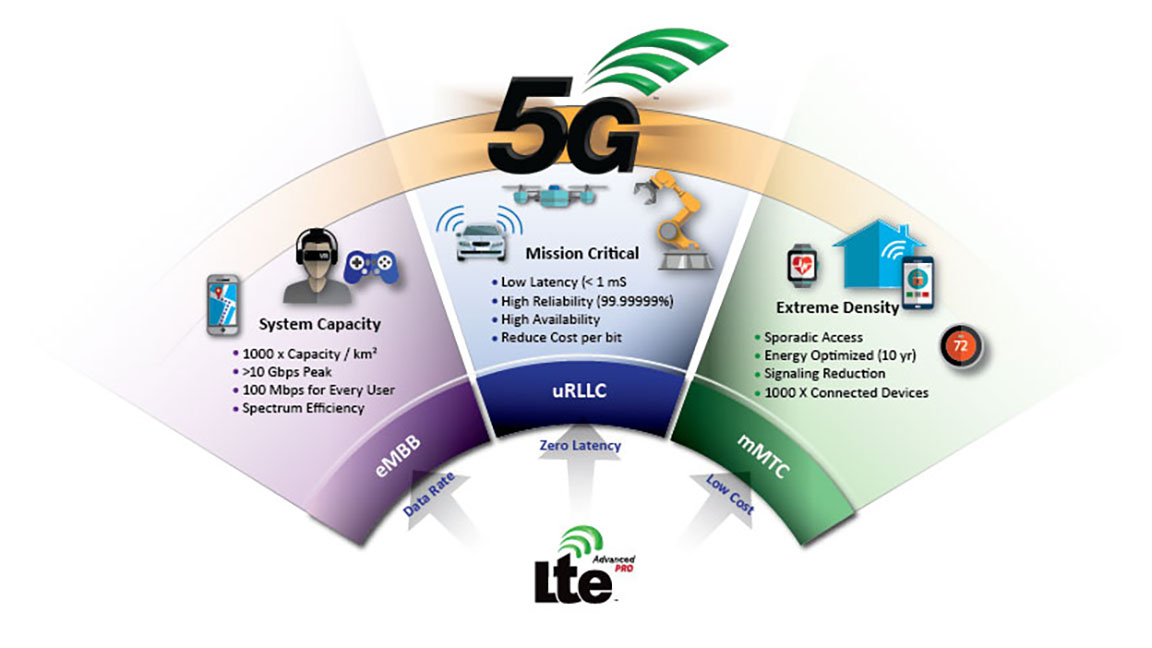
The fifth-generation technology standard for broadband cellular networks, known as 5G, is touted as having finally arrived, ushering in ultrafast download speeds, an end to dropped calls and buffering, and greater connectivity to advance autonomous vehicle development, remote surgery and the Internet of Things.
In truth, the adoption of 5G technology is still in its early stages, according to Michael Hill, technical director of Skyworks Solutions, a California-based advanced-semiconductor company. In a paper in Applied Physics Letters, Hill and his colleagues provide an overview on nascent 5G technologies and show how enhanced ceramic materials could play a pivotal role in 5G development.
This is because 5G operates in two frequency bands: 3–6 gigahertz (GHz) for long-distance links and a much higher frequency band in the millimeter wave region (20–100GHz) for ultrafast data speeds. Accommodating the lower frequency band, closer to the 4G spectral regions, is less problematic than the significant changes needed to fully realize 5G capability in the higher frequency ranges. For example, frequency type is tied to overall signal strength: the higher the frequency, the shorter the distance the wave can travel.
Ceramic materials have long been used in wireless communications network technologies for both mobile devices and base stations. Enhancing ceramics, therefore, has been a central focus in improving 5G capability. For their part, Hill's research group has developed a ceramic for enhancing a device that is critical for 5G applications, called a circulator. Typically made of insulating ceramic materials based on yttrium iron garnet, circulators are three-port devices that serve as traffic circles to keep the signal flowing in one direction, allowing a receiver and a transmitter to share the same antenna.
To significantly increase the energy density to accommodate higher frequencies, the researchers have partially replaced yttrium with bismuth, a heavy element that increases the dielectric constant of the ceramic. The bismuth substitutions also allow the miniaturization of circulators.
As the 5G technology battle continues to heat up, circulators could be supplanted by high-power gallium nitride-based switches, which shows that 5G technology is still early in its development. "Millimeter-wave technology is likely to be the wild west for some time, as one technology may dominate only to be quickly supplanted by a different technology," Hill said.
This story is adapted from material from the American Institute of Physics, with editorial changes made by Materials Today. The views expressed in this article do not necessarily represent those of Elsevier. Link to original source.
